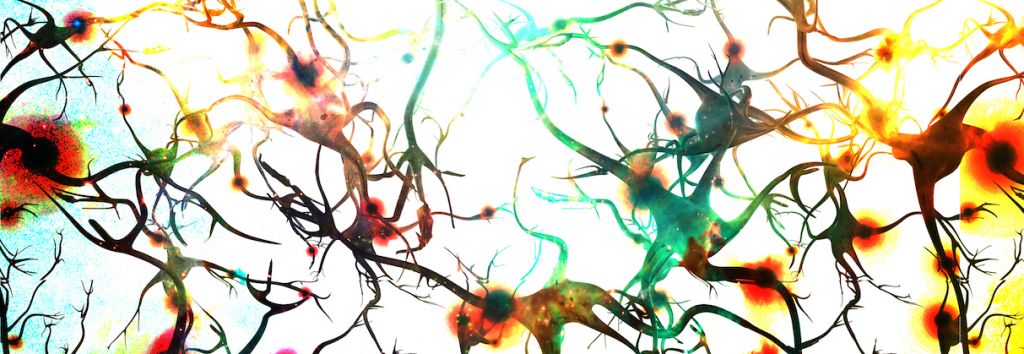Newsletter Signup - Under Article / In Page
"*" indicates required fields
Alzheimer’s Disease is the most common form of dementia, affecting 15M people across the world. With the most recent failure of idalopirdine, a cure will remain elusive for now.
 As Derek Lowe observes, “Alzheimers therapies have, for the most part, been a cliff over which people push bales of money.” Unfortunately, the late-stage failure of Denmark-based Lundbeck‘s candidate for a cure has become the latest case in this point. The drug, idalopirdine, failed to meet both primary and secondary endpoints in Phase III, a huge letdown after its promising Phase II results.
As Derek Lowe observes, “Alzheimers therapies have, for the most part, been a cliff over which people push bales of money.” Unfortunately, the late-stage failure of Denmark-based Lundbeck‘s candidate for a cure has become the latest case in this point. The drug, idalopirdine, failed to meet both primary and secondary endpoints in Phase III, a huge letdown after its promising Phase II results.
Idalopirdine demonstrated a “weak efficacy profile” but was generally safe and well-tolerated in the studies. The small molecule is an antagonist of 5-HT6 (serotonin) receptors that are involved in cognition; the approach hinged on the modulation of glutaminergic excitation and GABAergic inhibition.

The approach behind idalopirdine is distinct from the mainstream efforts to cure Alzheimers, which target amyloid beta plaques and tau bundles. But as Lowe points out, we don’t really know what causes the disease, which could affect as many as 75M people globally by 2030. This has been a major stumbling block in the development of a cure, but not for lack of trying to overcome it.
Lundbeck increasingly needs positive results, as it is feeling the squeeze from competitors. The company lost 7% of its revenue last year to generic versions of its antidepressant Cipralex and Alzheimer’s treatment Ebixa; Lundbeck had to lay off 1000 employees earlier this year as a result. However, the company still has two more late-stage studies in progress, and the results are due at the beginning of next year.
Featured Image: Bruce Rolff/shutterstock.com
Figure 1: macro-vectors/shutterstock.com






